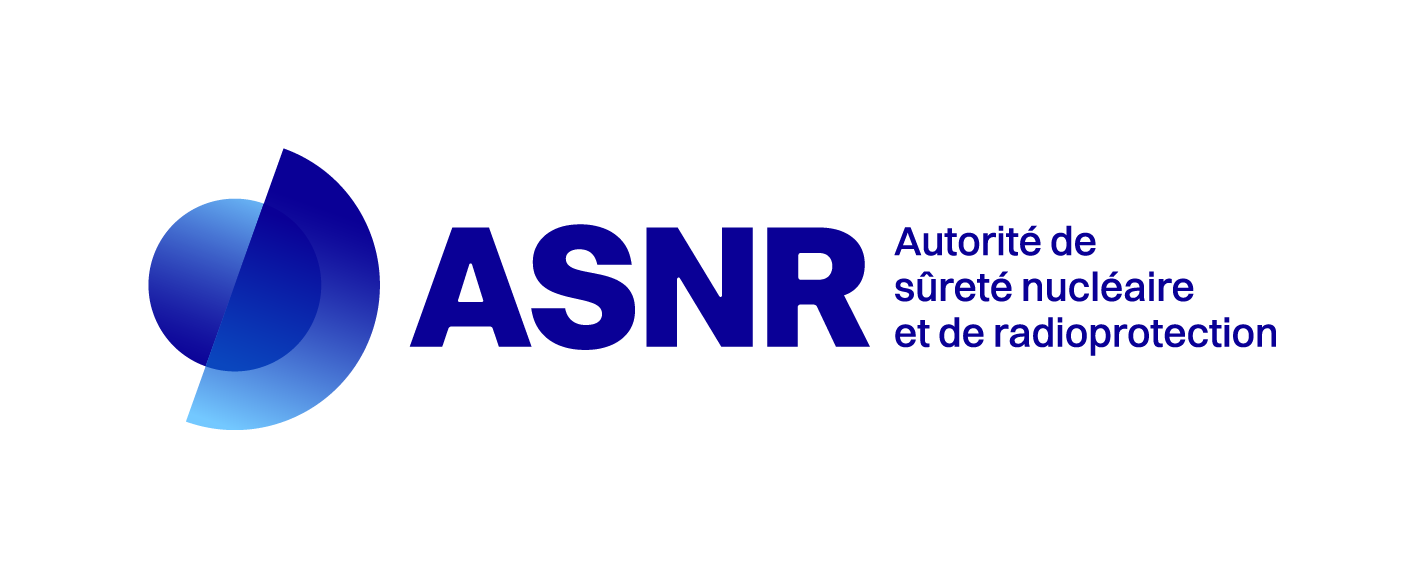Comparative analysis of core degradation models Between astec and melcor. Application to the Fukushima daiichi unit-1 like accident
Résumé
ASTEC is an integral code for the prediction of Severe Accidents progression in Nuclear Power Plants.As such, it has to address all physical phenomena that could occur during an accident, to produce results within an acceptable time. In order to understand the Fukushima Daiichi nuclear power station accident which occurred in March 2011, the ASTEC code has been widely used and its results have been compared to those provided by other computer codes like MELCOR.
The analysis of the discrepancies between the code results is a challenging task because of differences in physicals models, but also differences in initial and boundary conditions for the calculations.
The analysis presented in this paper is performed using the latest ASTEC code version which includes specific core degradation models for Boiling Water Reactors (BWR). The new capabilities of the ASTEC V2.1 code, to address specifically BWR designs, are firstly presented.
Then, a comparative analysis with MELCOR BWR core degradation models is presented. In order to get a better understanding of degradation models used by each code, the ASTEC-MELCOR crosswalk takes into account initial conditions which consider the events at the Fukushima Daiichi Unit 1 (1F1) following the tsunami up to the vessel failure.
Analyzed phenomena and parameters are the hydrogen generation, the reactor vessel and containment pressure, the water level in the reactor vessel and the progress and extent of degradation. Parameters and key event timings are found to be comparable during the early in-vessel degradation phase before any significant material relocation. However, if the timing of the core degradation onset is comparable, significant differences are seen in the debris and melts relocation progression and timing and extent of peripheral structures degradation. These differences can be explained by different physical models of the late degradation as discussed in this paper.
